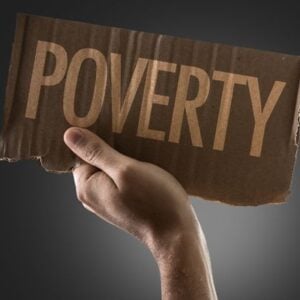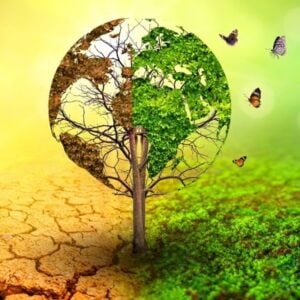Nearly 80% of the world’s poorest, or roughly 900 million people, are directly exposed to climate hazards intensified by global warming, according to the United Nations. This population bears a “double and deeply unequal burden,” facing frequent and increasingly severe impacts from droughts, floods, heat waves, and air pollution. Haoliang Xu, acting administrator of the UN Development Programme (UNDP), emphasized that while climate effects affect everyone, the poorest are suffering the harshest consequences. Ahead of the COP30 climate summit in Brazil, Xu urged world leaders to treat climate action as an essential part of poverty reduction.
An annual UNDP study, conducted in partnership with the Oxford Poverty and Human Development Initiative, found that 1.1 billion people, or about 18% of the 6.3 billion in 109 analyzed countries, live in “acute multidimensional” poverty, defined by indicators such as infant mortality, housing, sanitation, electricity, and education. Half of these individuals are minors. The report illustrates this deprivation through the story of Ricardo, a member of Bolivia’s Guarani Indigenous community, who lives with 18 family members in a single small house with one bathroom and a wood- and coal-fired kitchen, while none of his children attend school. Such examples highlight the complex and interrelated challenges faced by the poorest populations.
Regions most affected include sub-Saharan Africa and South Asia, where poverty and climate vulnerability intersect. The report identifies four environmental risks—extreme heat, drought, floods, and air pollution—that disproportionately impact impoverished communities, many of whom depend on fragile sectors such as agriculture and informal labor. In total, 887 million poor people are exposed to at least one climate hazard, with 608 million experiencing extreme heat, 577 million exposed to pollution, 465 million affected by floods, and 207 million facing drought. Around 651 million are exposed to at least two risks, 309 million to three or four risks, and 11 million poor people have already experienced all four hazards in a single year.
The study underscores that overlapping poverty and climate hazards pose a global challenge, threatening development progress. While South Asia has made strides in poverty reduction, nearly all its poor population—99.1%—remains exposed to at least one climate risk. With the Earth’s surface rapidly warming, experts warn that the poorest countries will face the most severe consequences from rising temperatures. The report calls for urgent action, emphasizing that responses must prioritize both people and the planet, moving beyond recognition to rapid and coordinated measures that address the intersecting crises of poverty and climate change.







